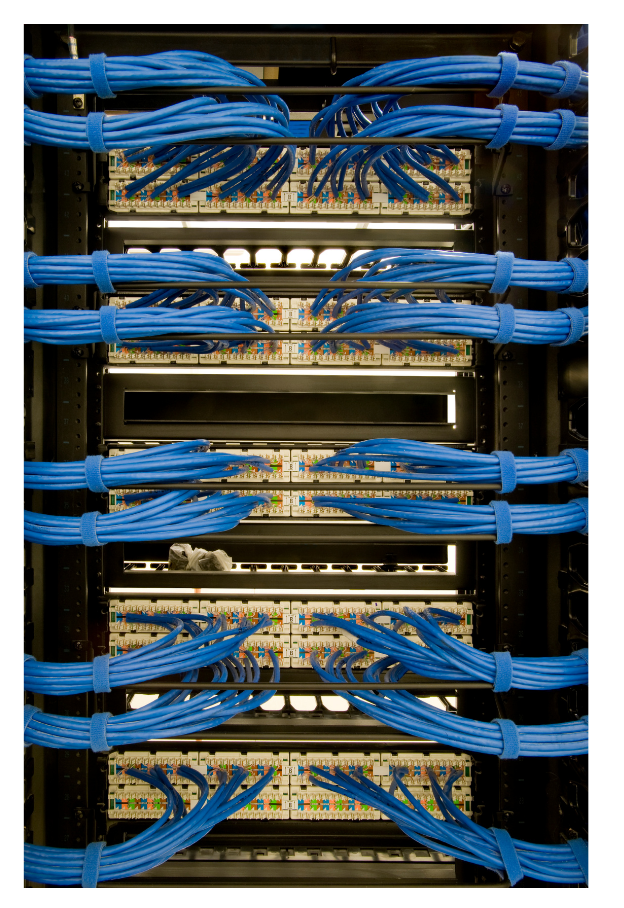
Four Ways to Improve IDF Closets for Edge Computing
Written by Nate Josephs
Sr. Systems Engineer/Data Center Manager
IDF closets, also known as telecom or wiring closets, serve as connection points between voice/data carrier circuits entering a building and end user phones, personal computers, etc. They contain racks, patch panels and some network gear. Outages in IDF closets may only impact some internal employees vs. data centers where outages may directly impact customers. With a less critical role, maintenance, and operations standards for IDF closets is typically lower than for data centers.
Edge computing is an IT service delivery model that moves data-intensive processing closer to the end user to resolve performance/latency issues. IDF closets are ideal for edge computing as they are often near this data-intensive processing. However, this means IDF closet maintenance and operations must now rise to the level of mission-critical data centers. The following are four ways to improve IDF closets for edge computing.
Upgrade Capacity Management – Edge computing consumes more space, power, and cooling in IDF closets if IT equipment is added to perform data-intensive processing. This new IT equipment should have two power circuits to provide redundant power in case one circuit fails. The power should include an uninterruptible power supply (UPS) for seamless transition to generator during utility power outages, regulate voltage, and protect against harmful power surges. Cooling should be N+1 (need plus one extra). For example, if IT equipment loads requires one 5-ton cooling unit, add another 5-ton cooling unit in case one fails.
Increase Cleaning – Policies prohibiting liquids, cardboard, or wood crates will keep edge computing rooms clean. Spilling liquids can short out electrical equipment. Fiber particles from cardboard, or dust and dirt from crates damage IT equipment. Require any work that creates dust or metal shavings such as cutting and drilling to be performed outside the room. All equipment, cabinets, carts, and their wheels should be wiped down before being rolled into the room. Place tacky mats at the entrance to remove dirt from people’s shoes and clean the floors regularly.
Improve Physical Security – Control who enters edge computing rooms using change or incident tickets and prohibit “piggy backing” where authorized staff hold the door open to let unauthorized people in. Enforce this “no piggy backing” policy by replacing old keypad entry systems with badge readers and sensors that alarm if two people enter under one badge swipe. Also install a camera facing the entrance to record who enters and exits.
Add Monitoring – Like datacenters, edge computing rooms should be monitored to provide room temperature and humidity readings, UPS power loads, UPS battery life, entry/exit activity and live camera footage. This enables quick response when issues arise.
With the growing need to move data-intensive processing closer to the end user to avoid latency issues, IDF closets are serving a new mission-critical role as edge computing rooms. As a result, uptime within these closets is vital and requires maintenance and operations standards to be like data centers.
